What Is a Coolant Temperature Sensor?
Overview of Its Function
The coolant temperature sensor plays a vital role in your vehicle’s engine efficiency. It measures the temperature of the engine coolant. This sensor sends data to the engine control unit (ECU). The ECU uses this data to adjust fuel injection and ignition timing. Proper adjustments ensure optimal engine performance and reduce emissions. The sensor also helps prevent engine overheating by detecting temperature fluctuations.
Location in the Vehicle
The coolant temperature sensor is usually located near the thermostat housing. It is attached to the engine block or cylinder head. In most vehicles, the sensor is found close to the radiator or coolant passages. Accessing the sensor may require removing covers or components. Its exact position may vary depending on the make and model.
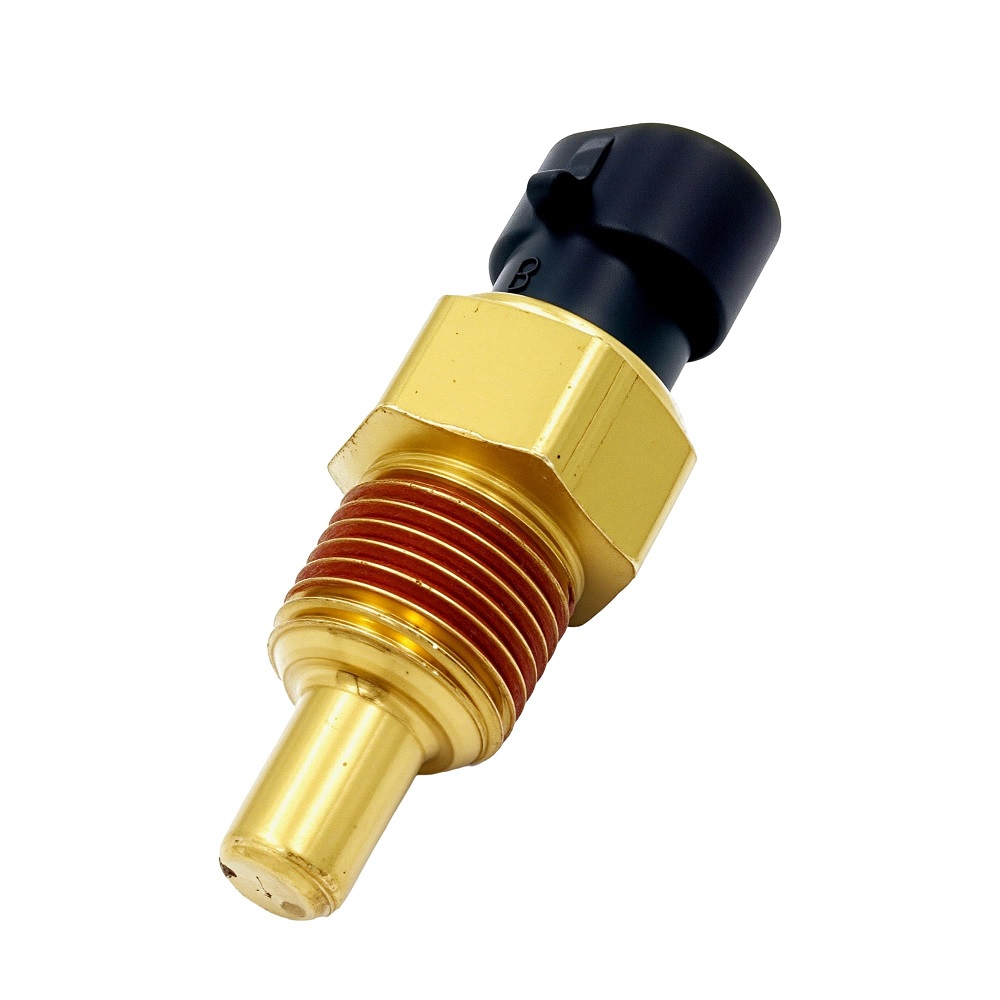
How Does the Temperature Sensor Work?
The coolant temperature sensor is key for efficient engine management. It continuously monitors the coolant’s temperature and communicates this data to the engine control unit (ECU). This process helps the ECU make real-time adjustments to ensure optimal engine performance. Let’s explore its specific role and interaction within the vehicle in detail.
Role in Engine Performance
The coolant temperature sensor impacts fuel efficiency and engine performance. It sends coolant temperature readings to the ECU, which uses the data to:
- Control Fuel Injection: Adjusting fuel delivery ensures proper combustion inside the engine.
- Optimize Ignition Timing: Precise ignition timing improves performance and reduces emissions.
- Prevent Overheating: Detecting temperature changes helps avoid costly engine damage.
Efficient sensor operation maintains the balance between engine power, fuel usage, and emission control. Timely adjustments keep the engine running smoothly under various conditions.
Interaction with Other Vehicle Systems
The coolant temperature sensor also interacts with other essential vehicle systems. These include:
- Cooling System: By monitoring coolant temperature, the sensor supports thermostat function and fan activation to regulate engine temperature.
- Emission Control Systems: Accurate temperature data helps ensure catalytic converters function effectively.
- Dashboard Indicators: It triggers temperature warning lights if the engine overheats.
The sensor connects with the vehicle’s ECU and other sensors for a seamless engine management process. Its accurate readings are pivotal for maintaining durable and efficient vehicle operations.
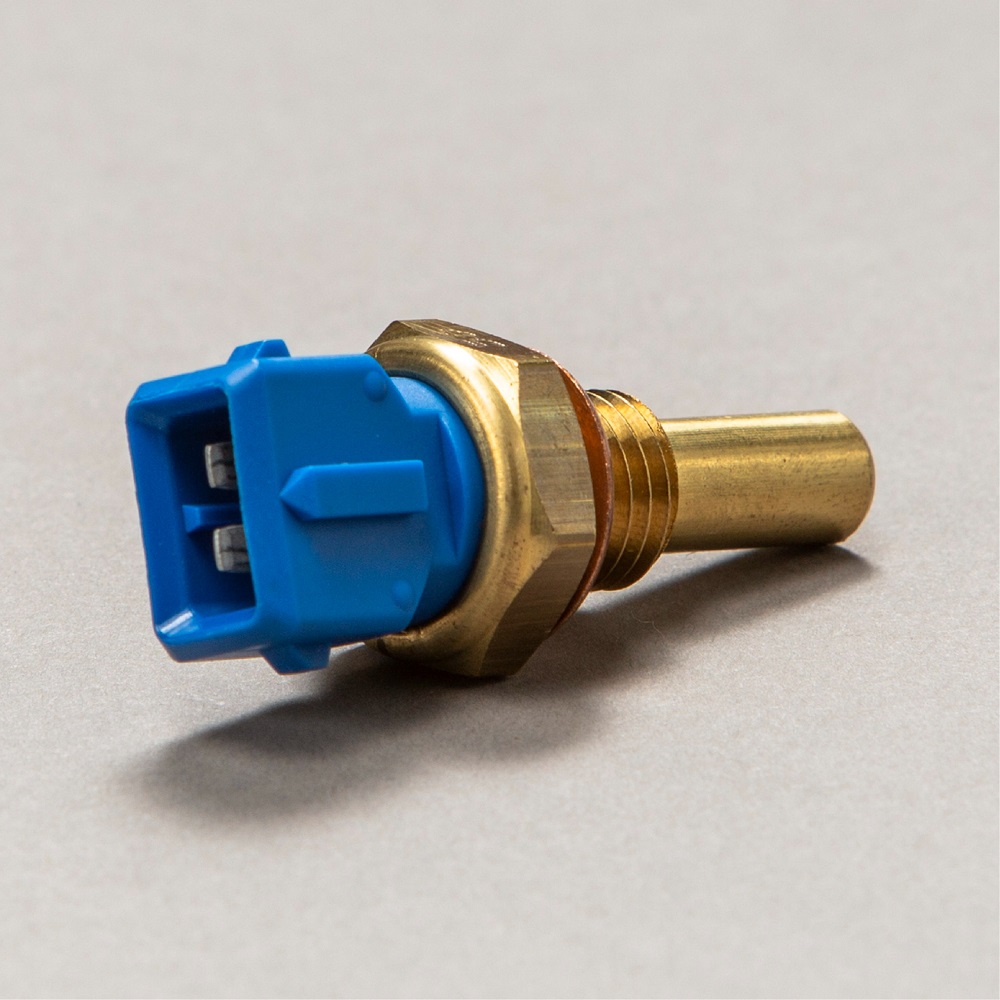
Signs of a Faulty Temperature Sensor
A faulty coolant temperature sensor can cause various issues in your vehicle. Recognizing the signs is essential. Early detection helps prevent engine damage and costly repairs. Below, we explore common symptoms and the impact on vehicle operation.
Common Symptoms of Malfunction
A malfunctioning coolant temperature sensor often exhibits clear warning signs:
- Erratic Temperature Readings: The sensor may show fluctuating or inaccurate temperature levels on the dashboard.
- Poor Fuel Efficiency: Incorrect readings can lead to improper fuel injection, raising fuel consumption.
- Engine Overheating: Failure to report accurate temperatures prevents the cooling system from functioning correctly.
- Hard Starting or Stalling Issues: The sensor affects ignition timing, causing starting difficulties or engine stalls.
- Check Engine Light Activation: A fault in the sensor may trigger the check engine light.
- Black Exhaust Smoke: Improper fuel-to-air mixtures can result in excess emissions.
Recognizing these signs can prompt timely action to avoid further complications.
Impact on Vehicle Operation
A failing coolant temperature sensor affects several key aspects of vehicle performance:
- Engine Performance: Incorrect temperature readings can reduce power and efficiency.
- Emission Levels: Faulty sensors disrupt emission control systems, resulting in higher pollutant levels.
- Cooling System Function: Inaccurate data prevents the thermostat and fans from managing engine temperature.
- Vehicle Reliability: With the sensor malfunctioning, the vehicle may become unreliable, increasing breakdown risks.
Ensuring that the coolant temperature sensor works properly is vital. Regular inspections and timely replacements are key to maintaining optimal vehicle operation.
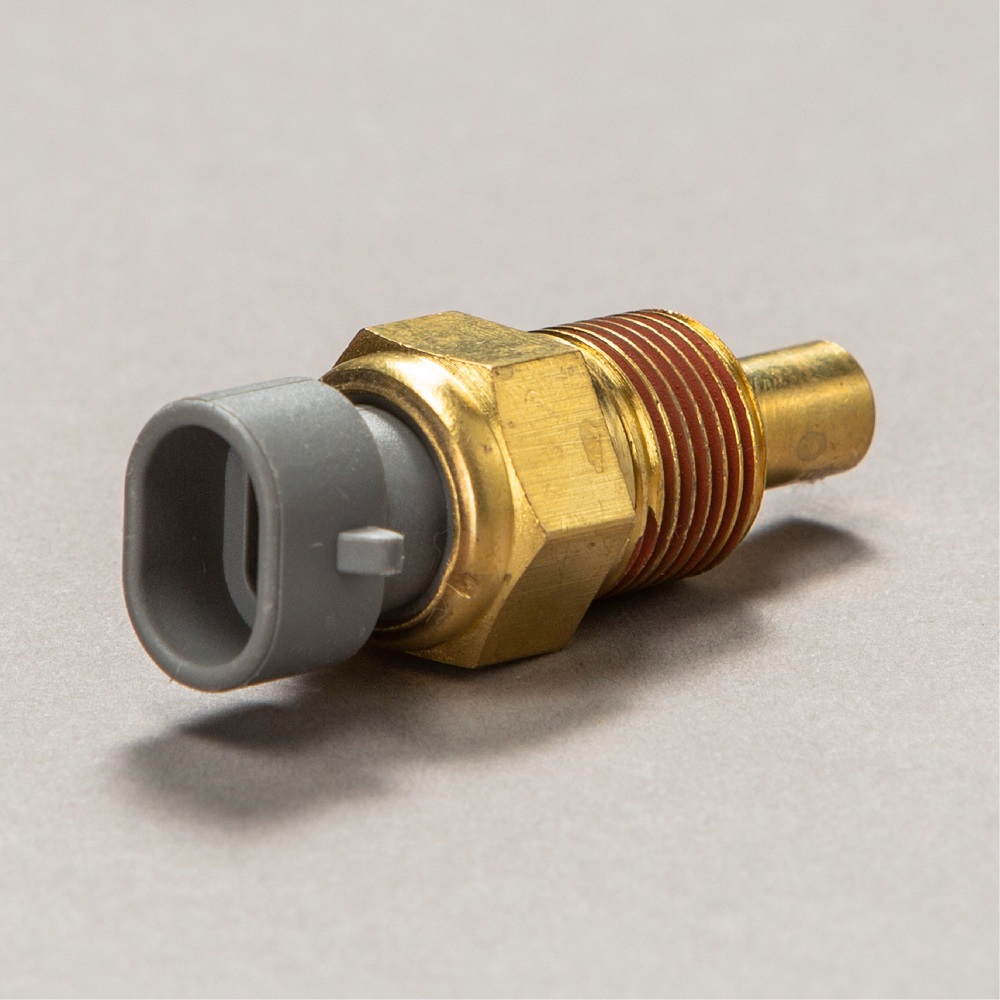
Diagnosing Issues with the Temperature Sensor
Timely diagnosis of coolant temperature sensor issues ensures engine efficiency and prevents costly repairs. Knowing the necessary tools and steps is crucial.
Tools Required for Diagnosis
Having the right tools simplifies diagnosing a faulty coolant temperature sensor. Essential tools include:
- Multimeter: Checks electrical current and voltage levels.
- OBD-II Scanner: Reads error codes from the ECU.
- Automotive Thermometer: Measures the actual coolant temperature.
- Socket Set: Helps remove the sensor or related components.
- Safety Gear: Protects you from coolant spills and engine heat.
Each tool serves a specific purpose to ensure accurate and safe diagnostics.
Step-by-Step Diagnostic Process
Follow these steps to diagnose coolant temperature sensor issues effectively:
- Check Error Codes: Use an OBD-II scanner to identify ECU error codes related to the sensor.
- Inspect Connections: Examine wiring and connectors for damage or loose connections.
- Measure Voltage: Use a multimeter to test voltage output from the sensor.
- Compare Temperature Readings: Match the sensor data with actual coolant temperature via an automotive thermometer.
- Evaluate Dashboard Alerts: Look for erratic dashboard temperature readings or warning lights.
- Test Cooling System: Analyze thermostat and fan functionality to confirm sensor influence.
If issues persist, seek professional assistance to avoid further damage.
Accurate diagnosis saves time and ensures your vehicle runs efficiently.
Replacing a Temperature Sensor
Replacing a coolant temperature sensor is sometimes unavoidable. Understanding when and how to replace it is crucial for maintaining optimal engine performance and avoiding long-term damage.
When Replacement is Necessary
A coolant temperature sensor needs replacement when it shows clear signs of failure. Key indicators include:
- Erratic Readings: If the dashboard displays fluctuating or incorrect temperature readings.
- Engine Overheating: The cooling system fails to regulate temperature correctly, causing overheating.
- Check Engine Light: The check engine light may activate due to sensor-related error codes.
- Poor Fuel Efficiency: Incorrect fuel injection leads to higher fuel consumption.
- Cold Start Problems: Difficulty starting the engine during cold weather.
- Excessive Emissions: Faulty sensors disrupt the air-fuel mixture, causing black smoke and higher emissions.
Timely replacement prevents severe engine problems and keeps the vehicle running smoothly.
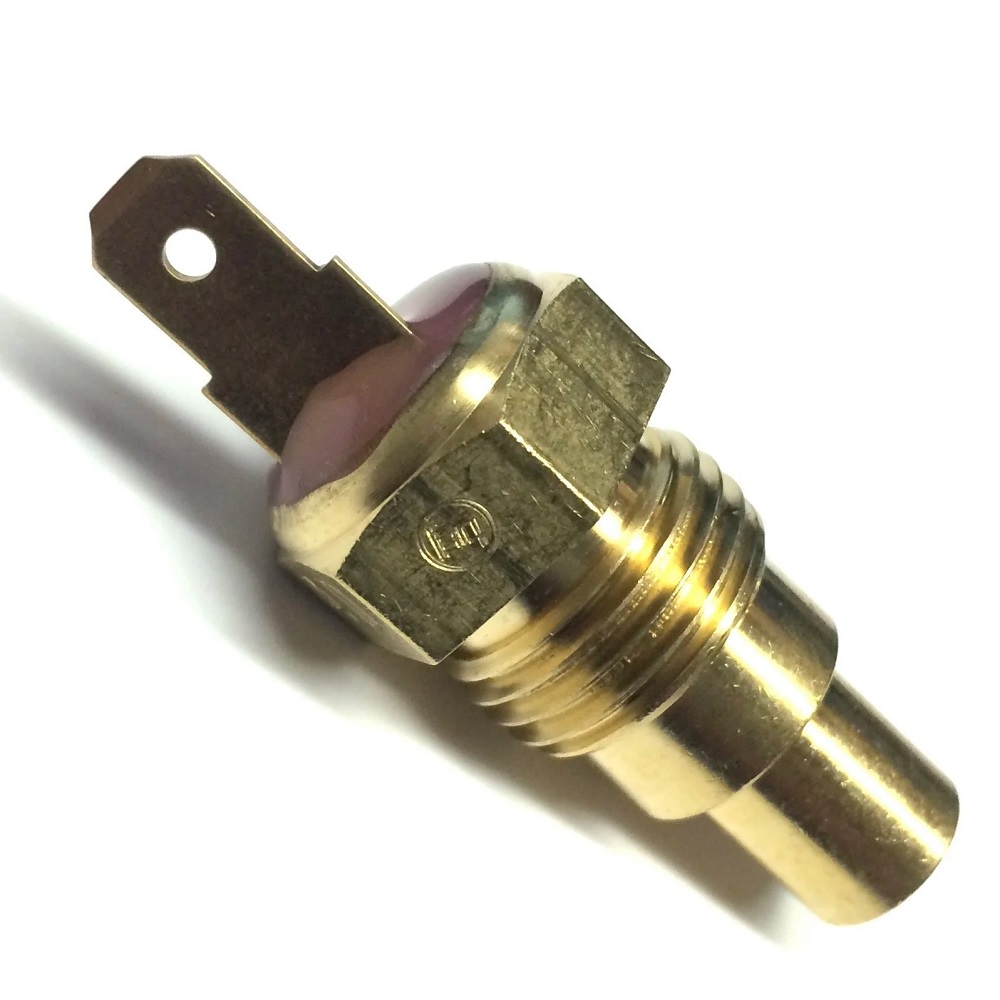
DIY Replacement Guide
Replacing the sensor yourself is possible with basic tools and an understanding of the process. Follow these steps for a successful DIY replacement:
- Gather Necessary Tools: You will need a socket set, pliers, a clean cloth, and replacement coolant temperature sensor. Use safety gear like gloves and goggles.
- Locate the Sensor: Check your vehicle’s manual. The sensor is typically near the thermostat or coolant housing.
- Allow the Engine to Cool: Ensure the engine is completely cool to avoid burns or injury.
- Drain Coolant (if needed): Drain a small amount of coolant to prevent spills when removing the sensor.
- Disconnect the Wiring: Carefully unplug the electrical connector from the sensor.
- Remove the Old Sensor: Use a socket or wrench to unscrew and remove the faulty sensor.
- Install the New Sensor: Screw in the new coolant temperature sensor and ensure it’s securely fitted.
- Reconnect the Wiring: Plug in the electrical connector and ensure a tight connection.
- Refill Coolant and Test: Refill any drained coolant and start the engine to test the sensor.
Completing these steps correctly ensures the sensor functions properly and restores engine performance. If the issue persists, consult a professional for further inspection.
Preventive Maintenance for Temperature Sensors
Proper maintenance of the coolant temperature sensor can prevent major engine issues. Follow simple steps to ensure its efficiency. Regular care will extend the sensor’s lifespan and enhance vehicle performance.
Ensuring Sensor Longevity
To keep your coolant temperature sensor functioning correctly, consider these practices:
- Keep the Cooling System Clean: Ensure the coolant system stays free of debris and contaminants.
- Use Quality Coolant: Only use the recommended coolant type for your vehicle.
- Flush the Coolant System Regularly: Replace the coolant at intervals specified by your car’s manufacturer.
- Check for Leaks: Inspect hoses and connections for coolant leaks to avoid sensor damage.
- Avoid Engine Overheating: Monitor dashboard gauges and avoid situations that may cause engine heat spikes.
- Protect the Electrical Wiring: Ensure sensor connections stay clean, secure, and free from corrosion.
These steps help prevent early sensor failure and ensure smooth engine operation.
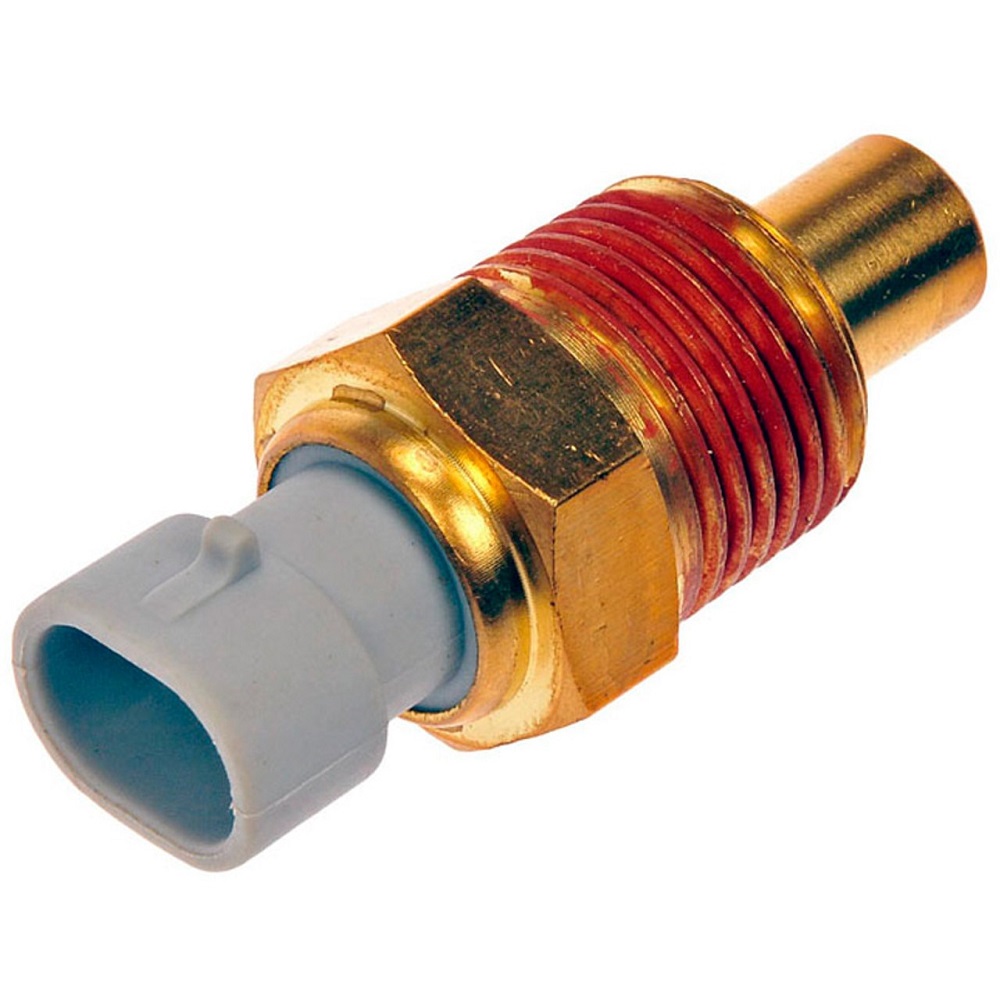
Importance of Regular Inspections
Regular inspections help detect problems early and avoid costly repairs. Key reasons include:
- Prevent Engine Damage: Early detection avoids overheating and potential engine issues.
- Improve Fuel Efficiency: A functional sensor ensures optimal fuel combustion and reduces fuel wastage.
- Lower Emissions: Regular checks help maintain proper air-fuel balance for cleaner emissions.
- Enhance Vehicle Longevity: Proper care extends the overall life of the vehicle’s engine system.
- Avoid Sudden Breakdowns: Inspections identify issues before they escalate into major breakdowns.
Schedule inspections during routine vehicle maintenance. If unsure, consult your mechanic for guidance. Proper care of your coolant temperature sensor ensures reliable vehicle performance.
Frequently Asked Questions About Temperature Sensors
Cost of Repair and Replacement
The cost of repairing or replacing a coolant temperature sensor varies by vehicle model and labor rates. For most vehicles, the replacement cost ranges between $50 and $300:
- Sensor Price: The sensor itself typically costs between $20 and $80.
- Labor Charges: Professional replacement may cost $30 to $220, depending on complexity and mechanic rates.
- DIY Savings: Replacing the sensor yourself can significantly cut labor costs.
Additional expenses may include tools, coolant refills, or diagnostics. Always use a high-quality replacement to ensure long-term reliability.
Common Misconceptions and Myths
Several myths exist around coolant temperature sensors. Let’s debunk the most common ones:
- “Faulty Sensors Always Set Off a Warning Light”: Not all sensor issues trigger warning lights. Diagnostic tools are often required.
- “Only the Sensor is Affected”: A faulty sensor can impact fuel injection, ignition timing, and the cooling system.
- “Coolant Doesn’t Affect the Sensor”: Contaminated or low-quality coolant can damage the sensor over time.
- “No Maintenance Needed”: Regular system checks and clean coolant prolong sensor life and improve engine performance.
Understanding these points helps you address issues proactively and care for your sensor properly.
Understanding Common Issues with Temperature Sensors
Symptoms of Failure
Despite being a crucial component, coolant temperature sensors can occasionally fail. Recognizing the symptoms of a failing sensor is important for timely intervention. One common symptom is an erratic temperature gauge reading on the dashboard. If the gauge fluctuates without an apparent reason, it may indicate that the sensor is sending incorrect signals to the engine control unit. Additionally, an overheating engine or a check engine light appearing are clear indicators that the sensor may not be functioning correctly. Being vigilant about these signs can help you address issues before they lead to more significant engine problems.
Diagnostic Procedures
If you suspect that your coolant temperature sensor is failing, a thorough diagnostic process is essential. Using an OBD-II scanner can help identify any trouble codes related to the sensor. Most modern vehicles are equipped with this diagnostic feature, allowing you to retrieve data that can provide insights into the sensor’s performance. After obtaining the diagnostic trouble codes, follow up with a visual inspection of the sensor and its wiring. If necessary, conducting a resistance test can further clarify whether the sensor is functioning within acceptable parameters. Recognizing these issues allows for informed decisions regarding necessary repairs.
Knowing When to Seek Professional Help
While some issues with coolant temperature sensors can be handled at home, there are situations where professional assistance is advisable. If you encounter complex problems that involve multiple engine systems, consulting a qualified mechanic can save time and prevent further damage. Mechanics have access to specialized tools and equipment, enabling them to perform comprehensive diagnostics. Moreover, their expertise allows them to identify issues that may not be immediately apparent. Seeking help when needed is part of responsible vehicle ownership, contributing to overall safety and reliability.
The Impact of Coolant Temperature Sensors on Performance
Fuel Efficiency
The coolant temperature sensor plays a vital role in determining fuel efficiency. When it accurately gauges the engine temperature, the engine control unit can adjust the fuel-to-air mixture for optimal combustion. If the sensor fails, it may lead to a rich mixture, causing the engine to consume more fuel than necessary. This not only increases operating costs but also contributes to higher emissions, negatively affecting the environment. Being aware of this interplay between the coolant temperature sensor and fuel efficiency can motivate you to monitor its functionality closely.
Emissions Control
Modern vehicles are required to meet strict emissions standards, and the coolant temperature sensor contributes to achieving these requirements. The sensor helps the ECU monitor the optimal operating temperature of the engine. When the engine runs too cold due to a faulty sensor, it can lead to incomplete combustion, producing higher emissions. In addition to negatively impacting the environment, failing to comply with emissions standards can result in penalties during vehicle inspections. Understanding the role of the coolant temperature sensor in emissions control highlights its importance for both environmental and legal reasons.
Performance Optimization
Finally, the coolant temperature sensor is essential for optimizing overall engine performance. When the ECU receives accurate data from the sensor, it can make real-time adjustments to engine parameters, such as timing and fuel injection. This dynamic regulation allows for smoother acceleration, improved throttle response, and better handling. By ensuring that the coolant temperature sensor is functioning optimally, riders can enjoy a more engaging and responsive driving experience. Emphasizing the importance of this component enhances your understanding of its role in the overall performance of your vehicle.
Conclusion: The Critical Role of Coolant Temperature Sensors
Ensuring Engine Health
In summary, coolant temperature sensors are critical components of any vehicle’s engine management system. Their functionality directly impacts engine performance, safety, fuel efficiency, and emissions control. Understanding how these sensors work, recognizing common issues, and performing routine maintenance will significantly contribute to keeping your vehicle operating smoothly.
Committing to Care and Maintenance
As a responsible vehicle owner, committing to the regular inspection and maintenance of your coolant temperature sensor is essential. This proactive approach helps avoid potential complications down the road, ensuring your car remains reliable and efficient. Regular checks align with the broader responsibility of maintaining your vehicle.
Embracing Knowledge for Safe Driving
Ultimately, knowledge is power when it comes to vehicle maintenance. By educating yourself about the coolant temperature sensor and its impacts, you empower yourself to make informed decisions. Whether through regular check-ups, diagnostics, or general upkeep, prioritizing the functionality of this crucial component ensures not only your vehicle’s health but also your safety on the road. Embrace the journey ahead with confidence, knowing that you are well-prepared to tackle any challenges and enjoy the drive!
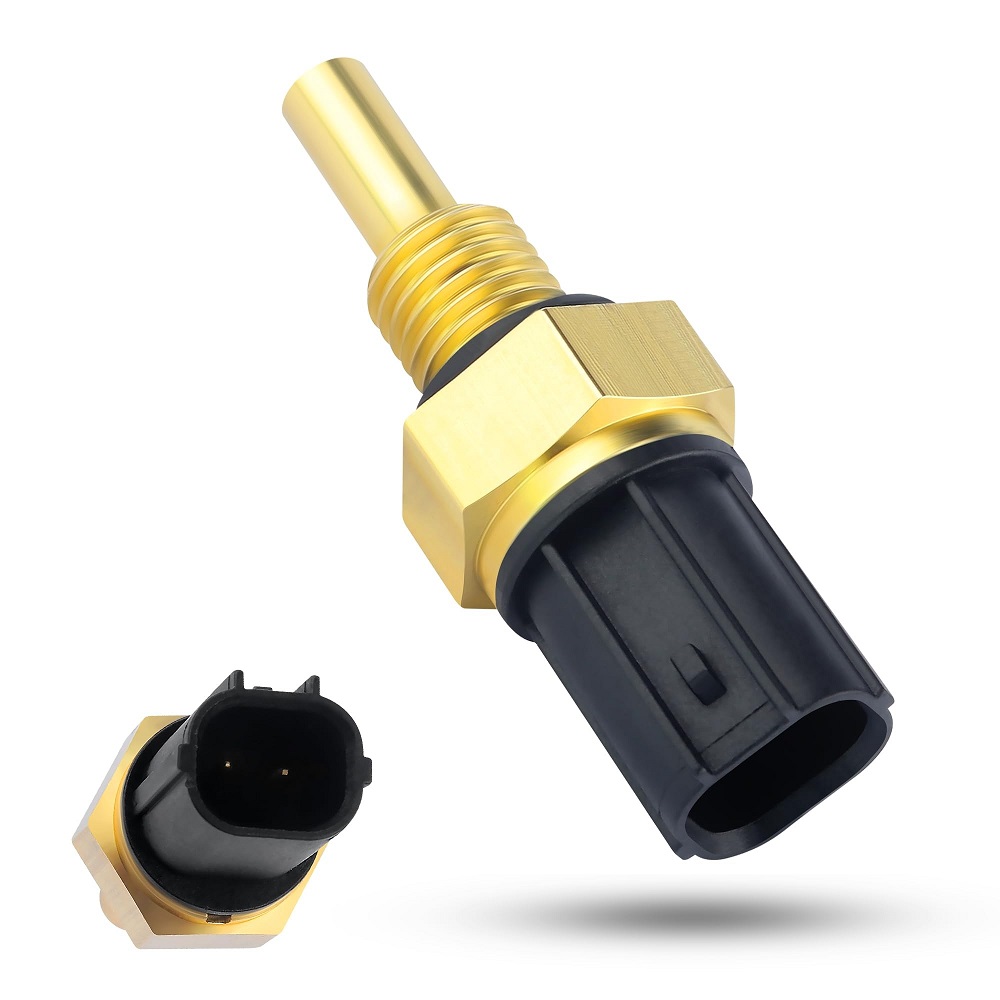
Leave a Reply